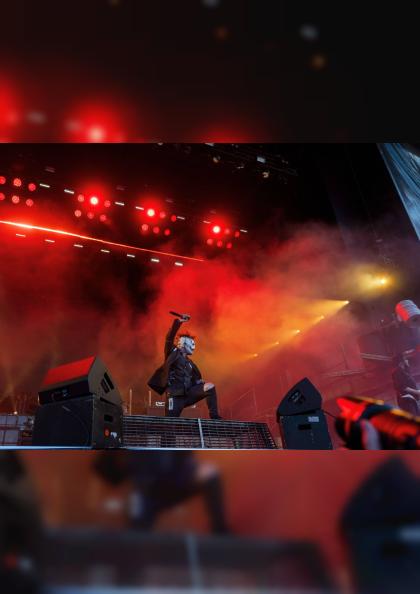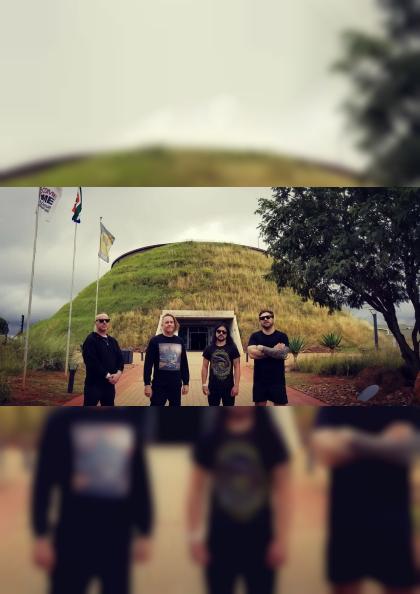Exclusive MarketsandMarkets report: Unmanned Traffic Management (UTM) market to reach $1,098 million by 2030

According to a recent analysis by MarketsandMarketsTM, the unmanned traffic management market is expected to reach USD 1,098 million by 2030, rising at a CAGR of 33.9% from USD 106 million in 2022. Unmanned traffic management (UTM) aims to make it possible for unmanned aerial vehicles (UAVs) to operate in low-altitude airspace safely and effectively by offering services like route planning and rerouting, separation management, sequencing and spacing, dynamic geo-fencing, severe weather and wind avoidance, and contingency management.
Authentication, airspace design, airspace passageways, dynamic geo-fencing, weather incorporation, constraint management (congestion forecasting), sequencing and spacing as necessary, trajectory adjustments to guarantee safety, contingency management, separation management, transition positions and locations with National Airspace (NAS), and geo-fencing architecture and dynamic adjustments are all provided by UTM when managing small unmanned aircraft systems (UAS).
The unmanned traffic management market is anticipated to be led by the aviation application segment from 2022 to 2030.
The unmanned traffic management market has been divided into the following application segments: aviation, homeland security, agricultural, logistics, and transportation, among others. Energy and electricity, building and mining, media and entertainment, insurance, wildlife and forestry, and academic research are further uses. The use of drones is anticipated to drastically increase in the upcoming years. The drone business is a fast expanding market. By providing the essential infrastructure and services to enable the safe and effective integration of drones into the airspace, UTM systems are vital to support the growth and development of the drone industry and are also required for the sector's continuing expansion and advancement. As UTM systems help to guarantee that these drones are operated safely and effectively close to airports and avoid collisions with other vehicles, ensuring compliance with rules and safety requirements, the aviation sector is anticipated to dominate the market.
According to Component, it is predicted that from 2022 to 2030, the software sector would dominate the unmanned traffic management industry.
The unmanned traffic management market has been divided into solutions, software, and services based on component. Unmanned traffic management (UTM) systems must operate effectively, which requires the integration of sensors, tools, and software modules. In order to support UTM services, a number of businesses in the unmanned traffic management sector are developing software solutions. In order to operate a fleet of drones, carry out automatic BVLOS flights, or keep the necessary flight data log for compliance purposes, one needs the correct software, which is why drone software vendors have been concentrating on developing software that is cost-effective and efficient.

In terms of market share for unmanned traffic management, North America is predicted to dominate in 2022.
Depending on geography, North America is anticipated to have the greatest market share for autonomous traffic management in 2022 and is anticipated to maintain this position from 2022 to 2030. The development of UTM solutions by US and Canadian private businesses and governmental organizations is expected to increase from 2022 to 2030, which will accelerate the market's growth. The commercial drone sector is mostly centered in North America. Drones are being used in diverse and dangerous environments to conduct atmospheric studies, such as weather and atmospheric gas sampling; emergency and disaster monitoring; cartography & mapping; agricultural spraying; and marketing & advertising. Drone deployment in the commercial sector is increasing in the US and Canada.
Government support and R&D spending were the key strategies used by the major market participants in unmanned traffic management to fuel their expansion. They also expanded into new areas by introducing high-tech and reasonably priced software and services. Some of the top competitors in the industry, including Thales Group (France), Height Angel (UK), AirMap, Inc. (US), Airbus (Netherlands), and ANRA Technologies (US), have used this tactic.





























